My approach
In general i think you want some hash-function (mostly all of these are designed to output randomness; avalanche-effect for RNGs, explicitly needed randomness for CryptoPRNGs). Compare with this thread.
The following code uses this approach:
- 1) build something hashable from your input
- 2) hash -> random-bytes (non-cryptographically)
- 3) somehow convert these random-bytes to your integer range (hard to do correctly/uniformly!)
The last step is done by this approach, which seems to be not that fast, but has strong theoretical guarantees (selected answer was used).
The hash-function i used supports seeds, which will be used in step 3!
import xxhash
import math
import numpy as np
import matplotlib.pyplot as plt
import time
def rng(a, b, maxExclN=100):
# preprocessing
bytes_needed = int(math.ceil(maxExclN / 256.0))
smallest_power_larger = 2
while smallest_power_larger < maxExclN:
smallest_power_larger *= 2
counter = 0
while True:
random_hash = xxhash.xxh32(str((a, b)).encode('utf-8'), seed=counter).digest()
random_integer = int.from_bytes(random_hash[:bytes_needed], byteorder='little')
if random_integer < 0:
counter += 1
continue # inefficient but safe; could be improved
random_integer = random_integer % smallest_power_larger
if random_integer < maxExclN:
return random_integer
else:
counter += 1
test_a = rng(3, 6)
test_b = rng(3, 9)
test_c = rng(3, 6)
print(test_a, test_b, test_c) # OUTPUT: 90 22 90
random_as = np.random.randint(100, size=1000000)
random_bs = np.random.randint(100, size=1000000)
start = time.time()
rands = [rng(*x) for x in zip(random_as, random_bs)]
end = time.time()
plt.hist(rands, bins=100)
plt.show()
print('needed secs: ', end-start)
# OUTPUT: needed secs: 15.056888341903687 -> 0,015056 per sample
# -> possibly heavy-dependence on range of output
Possible improvements
- Add additional entropy from some source (urandom; could be put into str)
- Make a class and initialize to memorize preprocessing (costly if done for each sampling)
- Handle negative integers; maybe just use abs(x)
Assumptions:
- the ouput-range is [0, N) -> just shift for others!
- the output-range is smaller (bits) than the hash-output (may use xxh64)
Evaluation:
Check randomness/uniformity


Check if deterministic regarding input




